

No Backing
Patches without backing(s) are not as thick or stiff as those with backings. Therefore, patches without backings are best used for sewing onto clothing or other types of fabric.



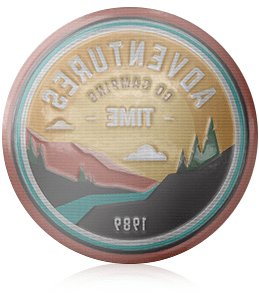
Plastic Backing
Your patch will be more stiff and hold its shape even after prolonged use thanks to the sturdy support that plastic backings give it.



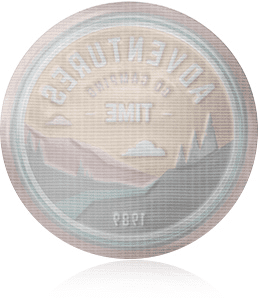



How To Iron On Patches
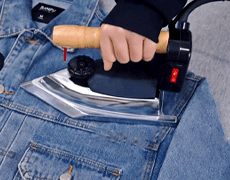
Step 1
Iron the Garment
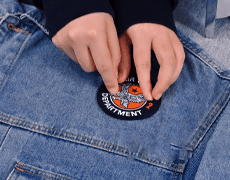
Step 2
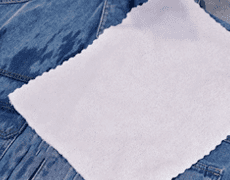
Step 3
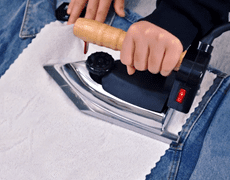
Step 4
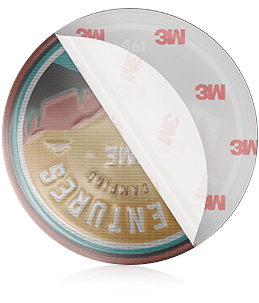
Adhesive Backing
It is very simple to use and may be applied straight to clothing or other surfaces. The backing is also easily removed by tearing. Adhesive backing, however, is not appropriate for regular washings because it will degrade with time and is not ideal for long-term use.



Stick - On (Adhesive Backing)
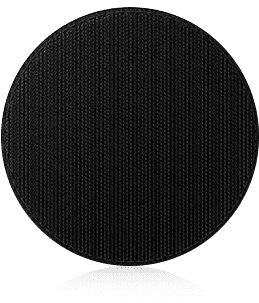
Velcro Hook Backing
Velcro hooks are a relatively common design. It is made up of tiny hooks that are securely fastened. When combined with loop backing, velcro hook backing offers a firm grip, making it perfect for products that need patch changes frequently.




Velcro Loop Backing



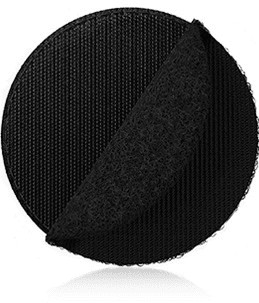
Double Velcro Backing



Double Velcro Backing
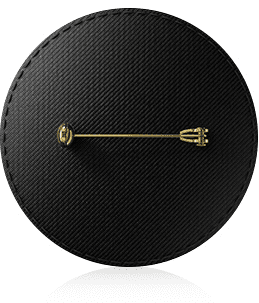
Safety Pin Backing



